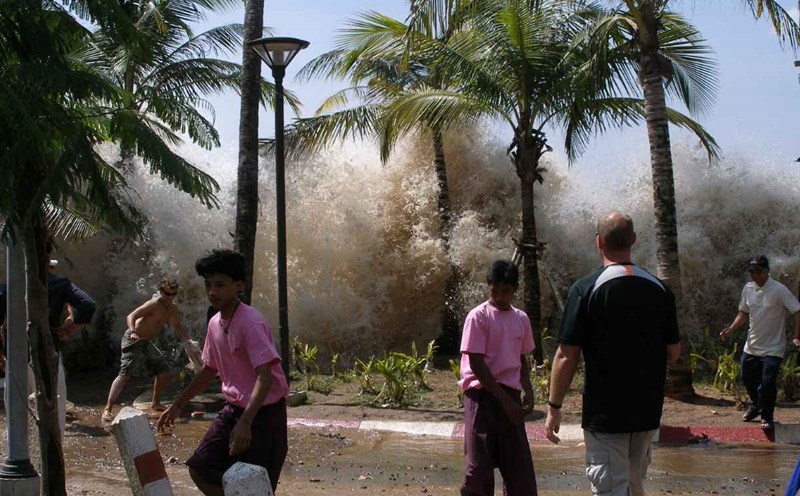Accordingly, EU member states are recommended to store medicines, generators, raw materials and necessary products such as water filtration equipment, drones, mobile bridges and Seaborne cables repair tools.
The move was announced on July 9, drawing on lessons learned from the COVID-19 pandemic, when EU countries competed with each other for healthcare, leading to serious shortages in many places.
The models of some countries such as Finland, Estonia and the Czech Republic - countries with a tradition of material reserves - are also the inspiration for this proposal.
The strategy proposes to build a list of essential items suitable for each type of crisis and update periodically. By 2026, the EU plans to establish an important raw material center to coordinate joint procurement for companies in need and organize the storage of goods.
Also in this year, the list of priority drugs and medical technologies will be completed to serve the reservation or centralized bidding.
The European Commission will double the budget for the lending program funded by the European Investment Bank, from 100 million to 200 million euros by 2027. This program aims to support small companies and startups in developing new pharmaceuticals and medical technologies.
A wastewater monitoring system is also being deployed, acting as an early warning radar to detect infectious diseases before symptoms appear. During the pandemic, this method was evaluated by health experts as an economical and effective solution in monitoring public health.
The EU now has a fleet of fire trucks, ambulances, medical equipment and field hospitals. However, as the European forest fire season is getting tense, such as in the suburbs of Marseille, the Commission believes it is necessary to increase helicopters and light aircraft to protect areas at new risk.
European crisis manager Hadja Lahbib said: We are facing threats such as mixed attacks, power outages, extreme weather and widespread epidemics. This is no longer a distant risk. We are transferring preparations from the back line to the front line of the defense".
The new strategy comes after Danish Prime Minister Mette Frederiksen warned the European Parliament that the EU needs to be ready for self-defense before 2030, in the context of Russia's rear Armed Forces becoming a significant military threat to Europe and NATO in the next 2 to 5 years.










